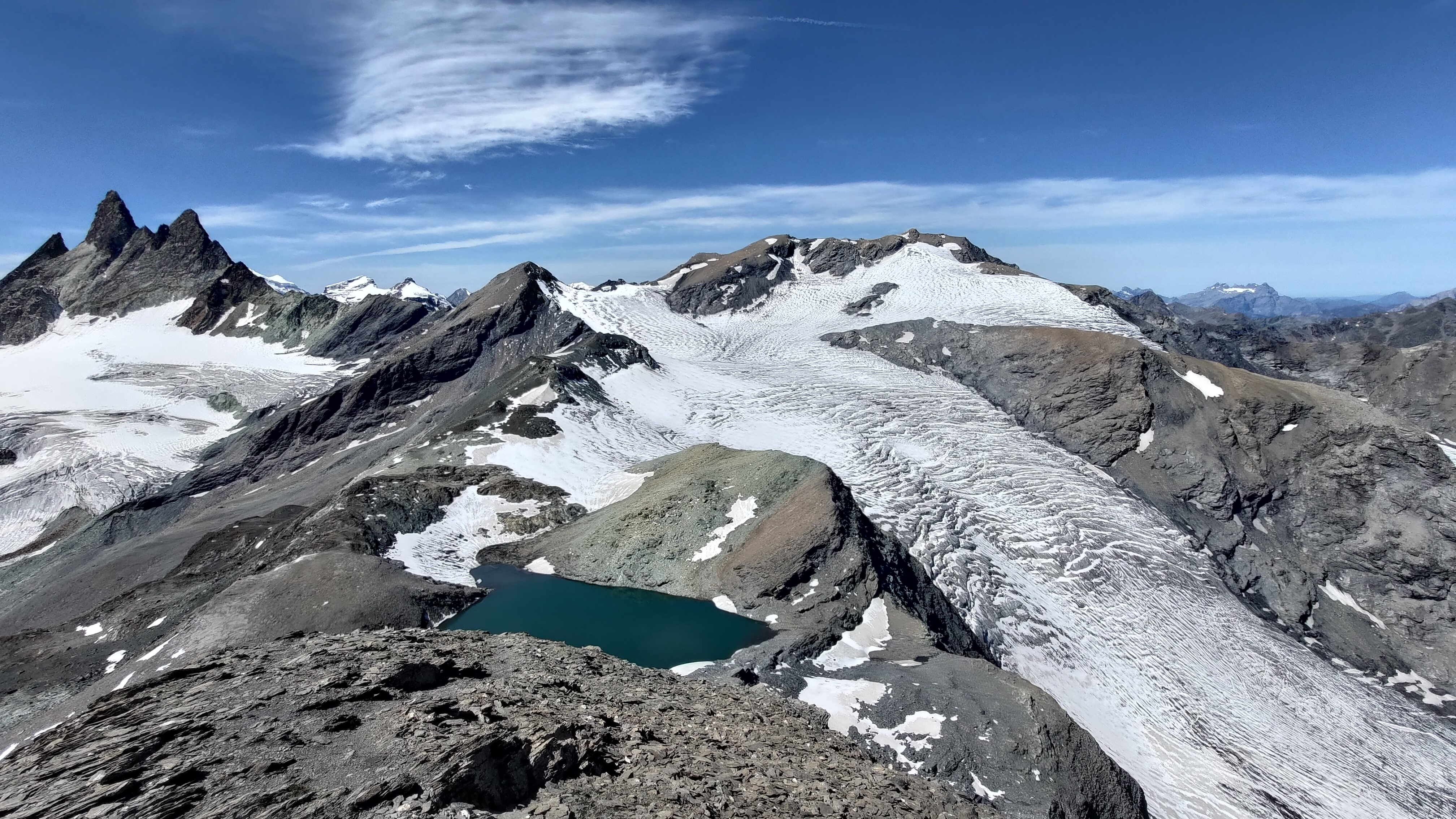Working group on Mountain Climate

The TEAMx working group on Mountain Climate is led by Nikolina Ban (University of Innsbruck) and Sven Kotlarski (MeteoSwiss).
The primary goal of this working group is to better understand and model the processes by which mountains are shaping regional climates and their spatial and temporal variability. Filling existing research and knowledge gaps will enable more confident projections of future mountain climates and will hence improve mitigation and adaptation strategies for mountain ecosystems and societies. To achieve this goal, we are following four major thrusts:
- Better understanding of processes which determine mountain climates: Mountain environments are subject to complex and interacting processes at both weather and climate time scales. Regarding the long-term climate evolution, one main question is whether mountain environments are warming faster than the lowlands or, more generally, whether warming rates are different at different elevations (so-called elevation-dependent warming, EDW). According to the current understanding, EDW is largely determined by feedbacks in which surface exchange processes play a central role (e.g. snow-albedo feedback, cloud-radiation feedbacks). Evidence for elevation-dependent climate change signals in other variables, such as rainfall, snowfall or wind, is less studied than for temperature, partly because of the lack of measurements. In general, evidence for elevation-dependent climate change is not equally conclusive in all mountain ranges worldwide and the extent to which regional differences in elevation-dependent trends depend on the global circulation is little explored. Recent studies furthermore suggest that changes in the large-scale atmospheric circulation might have an important impact on climate extremes in mountain environments. Making further progress requires analysing the connection between altitudinal trends of temperature, precipitation or snow cover and large-scale dynamics.
- Climate model improvement: Simulating mountain climates and their long-term changes requires a realistic representation of climate feedbacks, which partially depend on processes that have to be parameterized in models. Climate feedbacks in mountain environments are mostly related to changes in snow cover and mountain glaciers, clouds and water vapour changes, vegetation dynamics, aerosols. Relevant parameterizations include land-atmosphere exchange models (in particular their snow component), but also microphysics, boundary-layer and convection schemes, which affect the modelling of orographic clouds and precipitation. The credibility of quantitative projections of these processes is still limited by factors such as coarse model resolution and imperfect parameterization schemes.
- Improvement of the mountain observational record on climate time scales: Documenting past mountain climate change and fine-tuning the representation of mountain exchange processes in climate models requires solid observational constraints, which are scarcely available today. Long term observational capabilities in mountain regions should hence be improved by increasing the number of in-situ stations that measure essential climate variables, including the surface energy budget components, up to the highest elevations. Integration of in-situ measurements with remote sensing observations, particularly from satellite and when in-situ observations are too sparse or available only over very short time scales, is required. Global syntheses of observations obtained from current networks and previous studies are necessary to improve physical understanding and to facilitate the quantitative evaluation of climate model performance.
- Increased robustness of climate impact assessments in mountain environments: Mountain environments are highly vulnerable to future changes in the intensity and frequency of high-impact weather. Assessing the related impacts typically requires enhancing the spatial and temporal resolution of global and regional climate model output by means of statistical downscaling approaches. In their various forms, these have the capability of adding considerable value to raw climate projections. Besides statistical approaches, downscaling research should invest in the advancement of physically based methods. This may involve the further development of intermediate complexity models, which are not based on numerical integration of the time-dependent governing equations but on simple steady-state models of airflow over mountains and orographic precipitation.
